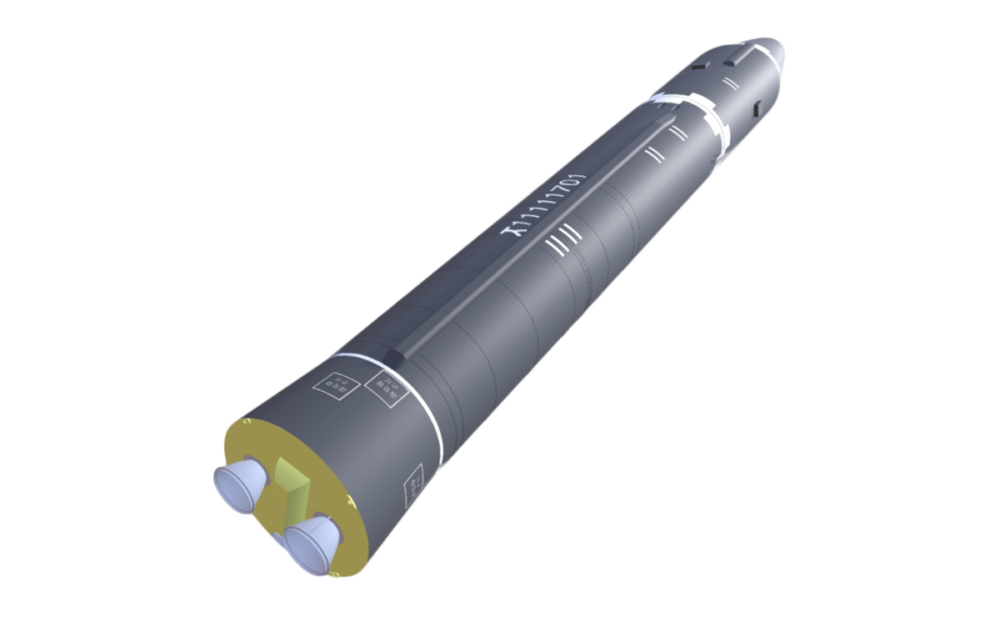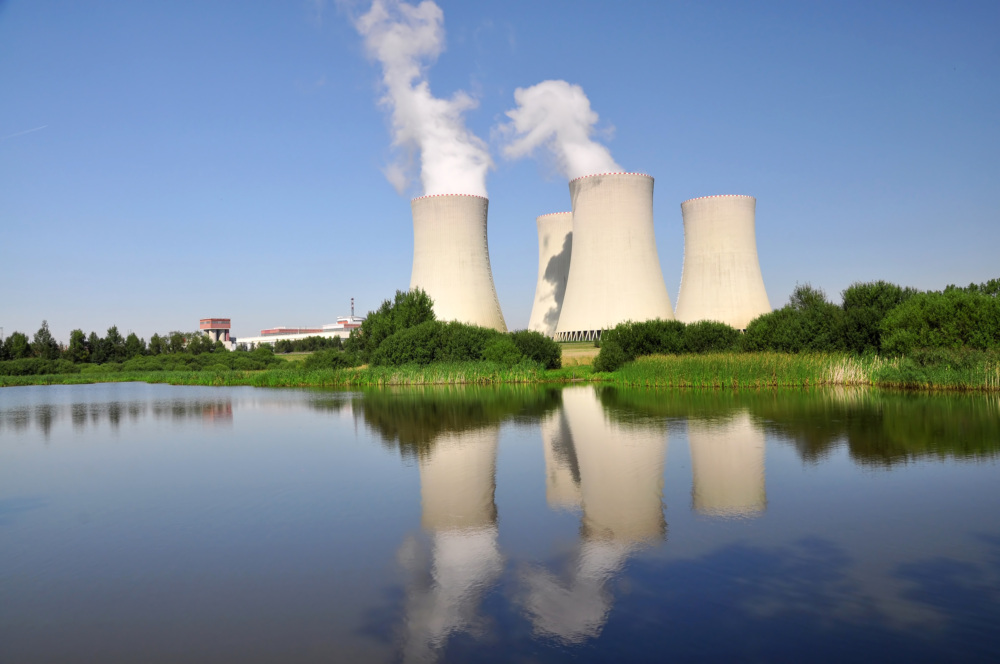
The CNS North Korea Missile Test Database
A collection of missile tests including the date, time, missile name, launch agency, facility name, and test outcome.
Jordan is not known to possess nuclear, chemical, or biological weapons programs, or ballistic or cruise missile systems. 1
The country is a member in good standing of all relevant nonproliferation treaties and organizations, in addition to participating in ad hoc efforts such as the U.S.-led Proliferation Security Initiative. Jordan is a strong supporter of establishing a WMD-Free Zone in the Middle East. 2
Jordan is a non-nuclear weapon state party to the Treaty on the Non-Proliferation of Nuclear Weapons (NPT), and is not believed to harbor nuclear weapons ambitions. In 1998, Jordan was the first country in the Middle East to adopt the Additional Protocol to its Comprehensive Safeguards Agreement, which allows the International Atomic Energy Agency (IAEA) extra inspection privileges. 3 However, Jordan has yet to adopt the newest amendments to the Small Quantities Protocol, preventing the IAEA from carrying out verification activities in the country. 4
In 2007, the Jordan University of Science and Technology started a nuclear engineering degree program in support of the country’s aspirations to have a nuclear power program. 5 The country concluded an agreement with South Korea in 2009 for the construction of the Jordanian Research and Training Reactor on the university’s campus, a 5MW research reactor fueled by 19% low enriched uranium<em”>, which is slated for completion by June 2016. 6 The fuel for the reactor will be supplied by the French firm Areva; 7 </em”>half of the cost will be financed by a soft loan from South Korea. 8
In order to achieve greater energy security, Jordan is seeking to diversify its energy portfolio. 9 In January 2007, King Abdullah II announced Jordan’s intention to develop a civilian nuclear power program, which would contribute to a number of national strategic goals. 10 In recent years, Jordan has experienced several shortages of energy imports from neighboring Egypt due to the ongoing unrest, providing further impetus for the country to pursue nuclear energy. For example, the Al-Arish pipeline, which exports natural gas from Egypt’s Sinai Peninsula and provides Jordan with 80 percent of its natural gas supply has been bombed by militants more than 20 times since the 2011 Egyptian revolution. 11
While the country hopes to obtain 30% of its electricity from nuclear power by 2030, there are significant obstacles to achieving this ambition. The country is earthquake prone and water poor, which poses major environmental challenges to the development of a nuclear energy program. Since nuclear power is highly capital intensive, requiring enormous up-front investment, Jordan may also find acquiring a nuclear power plant financially prohibitive. 12 Jordan possesses few trained personnel and a limited nuclear research and education infrastructure, though the country is working to address this challenge. The country established the Jordan Nuclear Regulatory Commission (JNRC) in 2007 and the Jordan Atomic Energy Commission (JAEC) in early 2008 to succeed the former Jordan Nuclear Energy Commission (JNEC) established in 2001. 13 The JNRC will focus on regulating and monitoring the use of nuclear energy and ionized radiation, while the JAEC will focus on nuclear power plant construction and the project to use natural uranium found in Jordan. Still in the early stages of its development, the JNRC likely remains insufficiently robust to provide oversight for a major civil nuclear program. 14
As a country new to nuclear power, Jordan will rely on foreign suppliers for assistance constructing and operating its first nuclear power plants. The country has concluded nuclear cooperation agreements with Argentina, Canada, China, France, Italy, Japan, Romania, Russia, Spain, South Korea, Turkey, and the United Kingdom. 15 Although Jordan and the United States signed a Memorandum of Understanding (MoU) regarding potential nuclear cooperation, the process of negotiating an agreement has been suspended. 16
Officials at Jordan’s Atomic Energy Commission have expressed a preference for Generation III and Generation III+ reactor designs. 17 These reactors are generally distinguished from their older counterparts by evolutionary improvements in areas such as passive safety. In January 2011, Jordan issued a tender for the construction of its first nuclear power plant, which was eventually awarded to Rosatom’s reactor export subsidiary, AtomStroyExport, in October 2013. 18
A May 2012 parliamentary vote ordering the suspension of nuclear activities, including uranium exploration, was ignored by the government, and the Jordan Atomic Energy Commission has continued with the program, including the site selection process. 19 In March 2015, JAEC and Rosatom finalized a $10 billion contract for the construction of Jordan’s first nuclear power plant 70 kilometers east of Amman at Amra, which includes plans for a two-unit power plant with a total capacity of 2,000 megawatts. The construction is scheduled to be completed by 2022. Jordan will finance 51% of the cost, and the remaining financing will be provided by Russia. 20
Jordan is believed to have approximately 79,000 metric tons of uranium-ore reserves, which is roughly 2% of the world’s total. 21 The Jordan Atomic Energy Commission signed an exploration agreement with the French company, AREVA, in 2008 in order to study the possibility of uranium mining in central Jordan. 22 According to the JAEC, there are sufficient uranium reserves in central and southern Jordan to meet the demands of the country’s planned nuclear program for 150 years. 23 In May 2014, the Jordan Uranium Mining Company (JUMCO) announced a uranium plant project with an eventual capacity of 1500 tons. 24 Once developed, Jordan hopes to become a “leading uranium provider” to countries in the region interested in pursuing nuclear energy. 25
It is unclear whether Jordan will successfully conclude a nuclear cooperation agreement with the United States, but given its agreements with other countries this is unlikely to be a limiting factor for the development of its nuclear power sector. Bilateral talks stalled in 2011 due to “political turmoil” in the Middle East, but resumed in February 2012. 26 The Obama Administration has sent mixed signals as to whether it will pressure Jordan to agree to the “gold standard” precedent set with the U.S.-UAE 123 agreement, under which the UAE agreed not to pursue indigenous uranium enrichment or plutonium reprocessing capabilities. 27 Currently, the negotiations on a U.S.-Jordan 123 agreement have been suspended. 28 While it is uncertain whether Jordan could ever build economically justifiable enrichment capabilities, the country has expressed a desire to keep its options open, perhaps seeing such capabilities as a way to add value to its natural uranium reserves. Like many non-nuclear weapon states, the Jordanian government also believes that the NPT affords it the right to all capabilities associated with the peaceful nuclear fuel cycle, and is therefore disinclined on principle to sign an agreement holding it to a different standard than most other treaty members.
Jordan does not possess biological weapons and is not known to have ever had a biological weapons program. 29 The country became a state party to the Biological and Toxin Weapons Convention (BTWC) in 1975, and has submitted an Article B BTWC Confidence Building Measure. 30
Since 2004, Jordan has launched several initiatives to develop its biotechnology sector, including establishing a National Center for Biotechnology to serve as a central coordinating institution for both domestic and international biotechnology activities. 31 However, the robustness of these initiatives remains hampered by human capital and investment constraints. 32 The Jordanian pharmaceutical industry has shown strong growth since the early 2000s, and exports products throughout the Middle East and North Africa. 33 In 2004, Jordan prepared a National Biosafety Framework to better manage the risks associated with these activities. 34 Jordan also hosted the Biosafety and Biosecurity International Conference in Amman in 2011 to promote “healthier and more secure communities in the Middle East and North Africa.” 35
Jordan acceded to the Geneva Protocol in January 1977 and the Chemical Weapons Convention (CWC) in October 1997. 36 Amman has consistently been found in compliance with its CWC commitments, and is not believed to have pursued a chemical warfare capability. 37 Jordan’s borders with states suspected of chemical weapons activities necessitate robust border security and export controls to prevent its territory from being used as an illicit transshipment route. 38 This is of particular concern along the 377 kilometer Jordanian-Syrian border, given Syria’s ongoing civil war since 2011, and the documented use of sarin, a nerve agent, in 2013. 39 Jordan has invested heavily in counter-terrorism efforts, and has received training and other assistance from the United States to secure its borders against illicit trafficking. 40 In March 2011, The U.S. Export Control and Related Border Security (EXBS) program gave $200,000 worth of border inspection equipment to organizations in Jordan, including the Jordan Nuclear Regulatory Committee (JNRC). 41 In April 2013, the U.S. Defense Threat Reduction Agency (DTRA) awarded Raytheon a border security contract worth $35.9 million to establish a surveillance system and provide training along the Jordanian border. 42 Additionally, Jordan has asked the U.S. to supply surveillance aircraft and training for Jordanian Special Operations forces to defend against chemical weapons. 43
Jordan is not believed to possess Missile Technology Control Regime Category I or II ballistic or cruise missile delivery systems. 44 Amman is a state party to the Hague Code of Conduct against Ballistic Missile Proliferation. 45 Jordan is also a participant in the Proliferation Security Initiative. 46
Sign up for our newsletter to get the latest on nuclear and biological threats.
A collection of missile tests including the date, time, missile name, launch agency, facility name, and test outcome.
At this critical juncture for action on climate change and energy security, 20 NGOs from around the globe jointly call for the efficient and responsible expansion of nuclear energy and advance six key principles for doing so.
Information and analysis of nuclear weapons disarmament proposals and progress in Belarus
